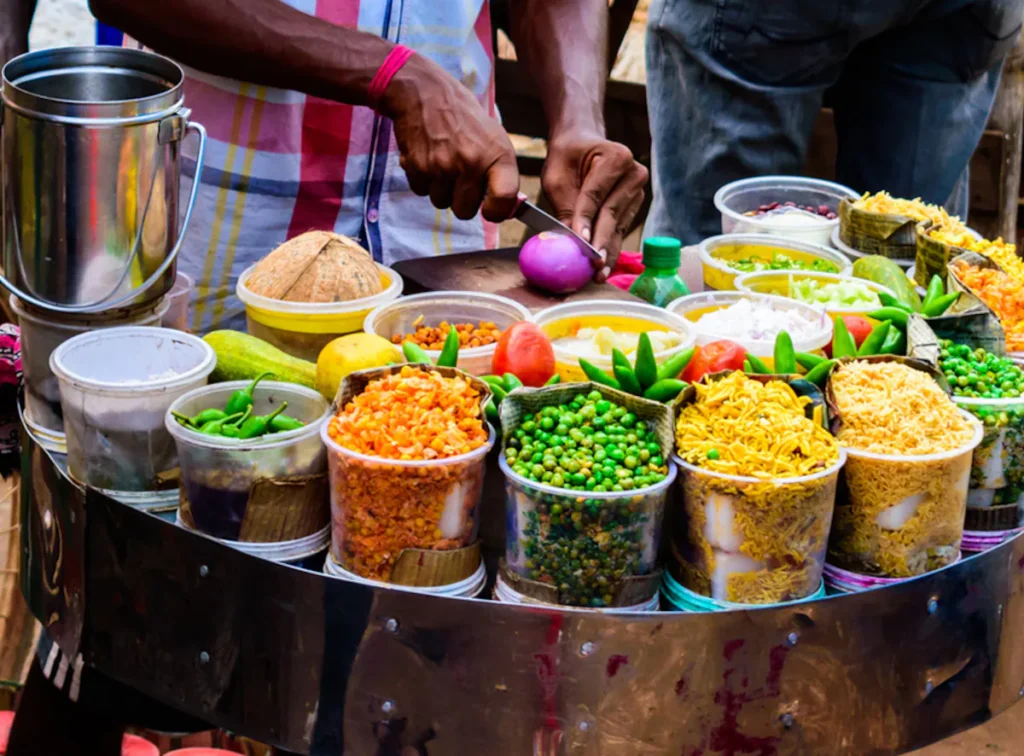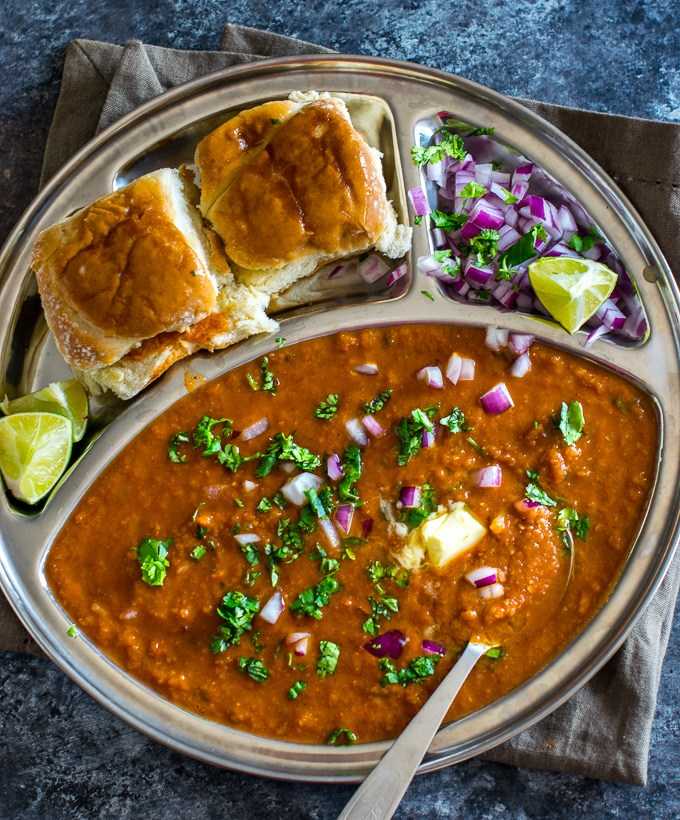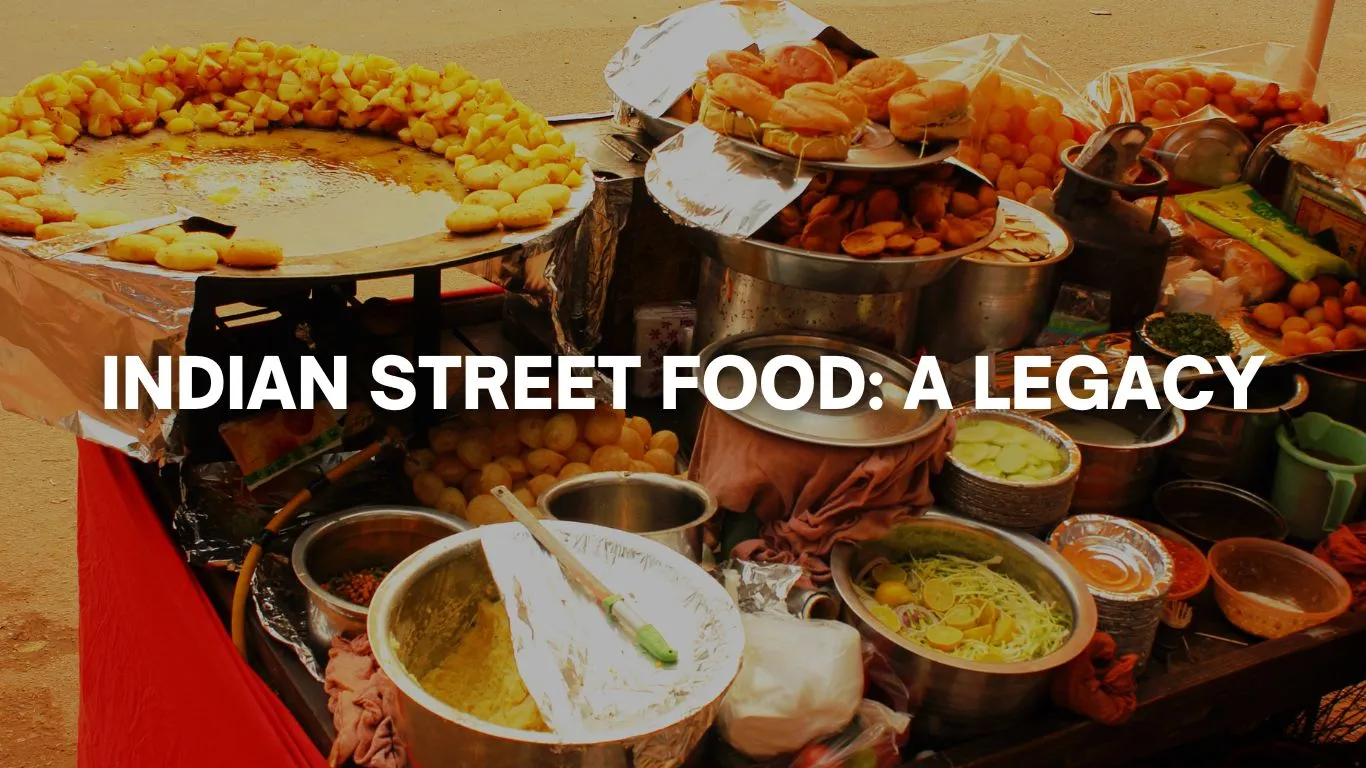
Indian street food is a vibrant and essential part of the country’s culinary culture. From the bustling streets of Mumbai to the historic lanes of Delhi, the variety and flavors are irresistible. But if you’re a traveler from the USA, you might be wondering—how safe is it to indulge in this culinary adventure?
The Allure of Indian Street Food
Indian street food offers an array of mouth-watering dishes that represent the country’s rich and diverse food culture. Some of the most popular street foods include:

- Pani Puri (Gol Gappa): Crisp, hollow puris filled with spicy, tangy water and a mix of potatoes and chickpeas.
- Chaat: A medley of crunchy snacks topped with chutneys, yogurt, and spices.
- Vada Pav: Often called the Indian burger, this is a spicy potato fritter served in a bun with chutneys.
- Samosas: Deep-fried pastry filled with spiced potatoes, peas, and sometimes meat.
Each region in India has its unique street food offerings, making it an essential part of the travel experience.

Safety Concerns: What You Need to Know
While Indian street food is delicious, safety concerns can’t be ignored. Here are the key factors to consider:
- Hygiene Practices:
- Street food vendors in India often work in open environments, which can expose food to dust, pollution, and contamination.
- The cleanliness of the vendor’s utensils, water, and hands is crucial. Unfortunately, not all vendors maintain the same level of hygiene.
- Water Quality:
- Tap water in India is often not safe for consumption, and it’s sometimes used in preparing street food. Be especially cautious with raw vegetables, fruits, and dishes like Pani Puri that involve a lot of water.
- Food Freshness:
- Street food is usually made fresh, which is a plus. However, ensure the food hasn’t been sitting out for too long, especially in hot weather, as this can lead to spoilage.
- Crowds Can Be a Good Indicator:
- If a vendor is popular and has a long line of locals waiting, it’s generally a good sign. Busy stalls tend to have a higher turnover of food, meaning it’s likely fresher.
Tips for Safely Enjoying Indian Street Food

- Do Your Research: Look up well-known street food spots or vendors that are known for good hygiene.
- Eat What’s Cooked Fresh: Opt for foods that are cooked right in front of you, reducing the risk of contamination.
- Avoid Water-Based Items: Steer clear of items like Pani Puri unless you’re sure the water is filtered or bottled.
- Carry Hand Sanitizer: Clean your hands before eating, especially when no washing facilities are available.
- Start Small: If you’re new to Indian street food, try small portions first to see how your stomach handles it.
Conclusion
Indian street food is a must-try for any food lover visiting the country. While there are certain risks, taking a few precautions can help ensure a safe and enjoyable experience. With its bold flavors and unique offerings, Indian street food can be one of the most memorable parts of your trip. So, don’t shy away—just eat smart!
Call to Action
Are you an adventurous foodie? Have you tried Indian street food? Share your experiences or ask questions in the comments below. And if you’re planning a trip to India, make sure to check out our tips on how to stay safe and healthy while enjoying all the culinary delights the country has to offer!










